The real surprise for any observer of the $90 billion deal between Australia and the French shipbuilder Naval Group to build submarines is not that the deal now appears to be unravelling as reported in late February. The surprise is that it has held together for so long, and that the Australian government is still reluctant to abandon it.
When Australia announced in 2016 that the French government-owned Naval Group (formerly DCNS) had won the contract to build twelve submarines to replace the six Collins class submarines now operated by the Royal Australian Navy, with the first to come into service in the 2030s, there was no vessel to buy.
After considerable deliberation, the government decided that they really liked the French Navy’s Suffren class of submarines, the first of which came into service last year. However, the Suffren class is nuclear-powered, and the use of nuclear power has been firmly ruled out by successive governments, so they wanted the Suffren class to be redesigned to use conventional power – that is one that used diesel engines and batteries.
Changing an existing design is bad enough, but the Navy and the government were asking for what almost amounted to a new class of submarines.
To make matters worse, this new class of this complex fighting platform mostly had to be built in Adelaide, with the required facilities to be built almost from scratch and a lot of the skills needed either trained up or imported. To anyone familiar with the troubled history of the Collins class ship emergency alarm bells immediately started ringing.
The Collins class of submarines, the last of which was built in 2003, is an enlarged version of a design from Swedish shipbuilder Kockums to which a combat data system from the American company Rockwell was to be added. This amounted to almost a new class of submarine and an ambitious undertaking for a country with a small, albeit innovative, shipbuilding industry.
A great deal has been written about the subsequent problems of the Collins class, with the combat system in particular proving to be quite a saga. But the real miracle of the affair is that after much modification, redesign and rectification work the submarines now in service are reasonable fighting vehicles – albeit ones that could be better – reportedly capable of holding their own against even American nuclear attack submarines.
That said, the development of the Collins class was still an expensive ordeal which, in a reasonable world, few governments would be willing to repeat. However, successive federal governments have gone out of their way to ensure a re-run of the same saga.
Part of the problem is that the Navy simply can never find a submarine off the shelf that meets all its requirements for operating in environments as diverse as the Persian Gulf and the Antarctic, at considerable distances from the main submarine base near Perth. Swedish and German submarines, for example, are designed for shorter range operations in the Baltic and the Atlantic.
The Navy also wanted vessels that could fire anti-ship missiles, in addition to torpedoes (the Collins class can fire Harpoon missiles through its torpedo tubes), and missiles for land targets, as well as be capable of delivering and retrieving special forces units. In addition, the new subs have to be able to eavesdrop on electronic communications of potential foes, one of the main peacetime roles of the Collins class subs.
To make the choice even more difficult, the Navy could not go with a nuclear version. Apart from Australia having virtually no local nuclear expertise (Lucas Heights in Sydney is a tiny reactor mainly used for producing nuclear medical products), successive governments have been concerned about stirring up what would undoubtedly be a near-hysterical reaction from sections of the Australian public. Commentators have pointed out that it’s about time Australia acquired some nuclear expertise, but this sensible advice is unlikely to be heeded.
The resulting decision to opt for a complete redesign of the Suffren class as well as spend 60 per cent of the value of the contract with Australian suppliers, was a recipe for disaster, as any experienced project manager could have told the government. Apart from other problems, the local content requirement is tough. The Collins class subs only met a similar requirement during construction through sleight of hand. Imported components were often labelled as locally produced on one pretext or another.
This is all in sharp contrast to the procurement of two helicopter carriers – the Canberra class Landing Helicopter Dock – the largest ships in the Australian navy, which entered service in 2014, or about 14 years after they were first suggested following Australia’s experience with the landings in East Timor and with very little fuss. But plain sailing for the Canberra LHD contract was due to its role in supporting amphibious operations being relatively straightforward, without the complication of multiple advanced weapon systems, and there was a Spanish design which fitted the bill. At about $3 billion for the two there was also not the same pressure to have them built in Australia. Most of the work was done in Spanish shipyards.
The same cannot be said for the $45 billion contract to build Hunter class anti-submarine frigates which are due to start construction in 2022. The government opted for a design based on the UK’s type-26 frigate, but the design is still well short of its final form and, of more concern, according to the Australian Strategic Policy Institute, the government has agreed to five major design changes. The project is already showing signs of problems to come.
Australia is not alone in its troubles with major naval shipbuilding projects. Canada also opted for a variation on the type-26 frigate with cost and time overruns on that project prompting parliamentary inquiries earlier this year.
At the time of writing, the French subs contract is still alive as the Australian government would prefer not to write off an estimated $1.7 billion and five years spent on the project to date, not to mention pay a $138 million penalty for breaking the contract.
However, improvements in battery technology and other advances mean that conventional submarines are more capable and the Navy could always set up a base at Darwin, no doubt at considerable additional expense, to shorten the range to area of operations in the Indian Ocean and the Persian Gulf.
An off-the-shelf European design, with perhaps some of the construction and fit-out work done in Adelaide, may not do everything that the Navy wants, but the decision to buy a complete redesign of a nuclear submarine was obvious madness right from the start.
Got something to add? Join the discussion and comment below.
Get 10 issues for just $10
Subscribe to The Spectator Australia today for the next 10 magazine issues, plus full online access, for just $10.
Mark Lawson: www.clearvadersname.com
You might disagree with half of it, but you’ll enjoy reading all of it. Try your first month for free, then just $2 a week for the remainder of your first year.

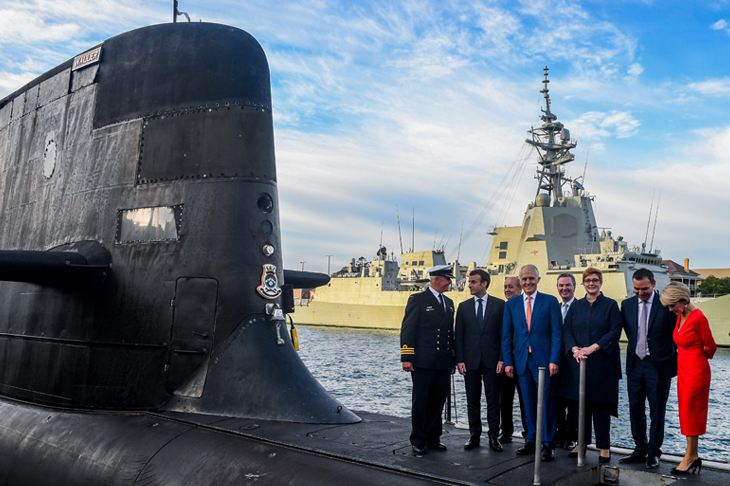
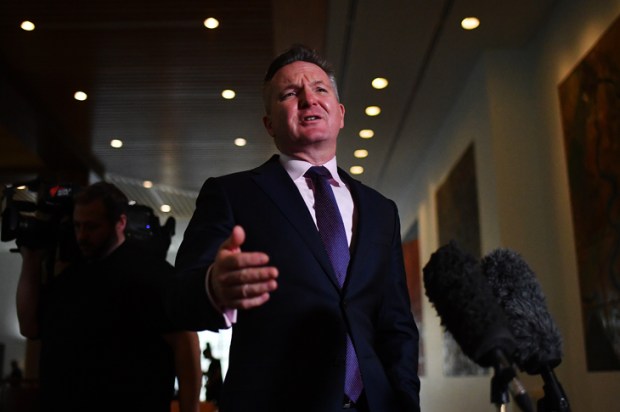
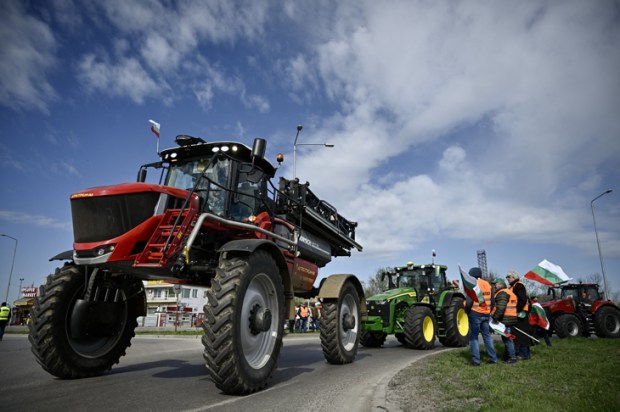
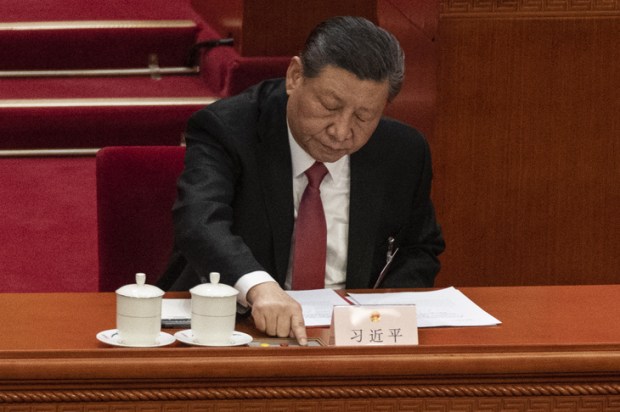
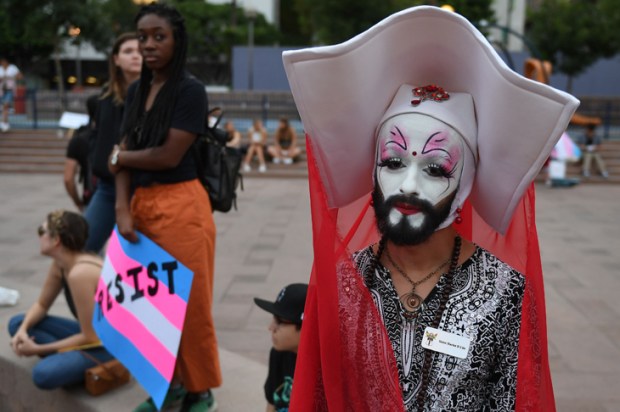

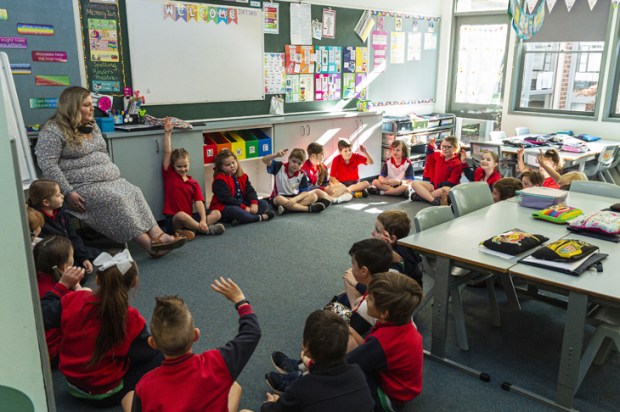






Comments
Don't miss out
Join the conversation with other Spectator Australia readers. Subscribe to leave a comment.
SUBSCRIBEAlready a subscriber? Log in